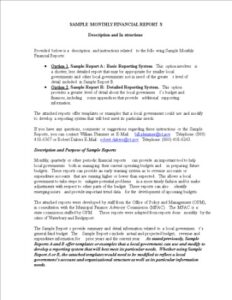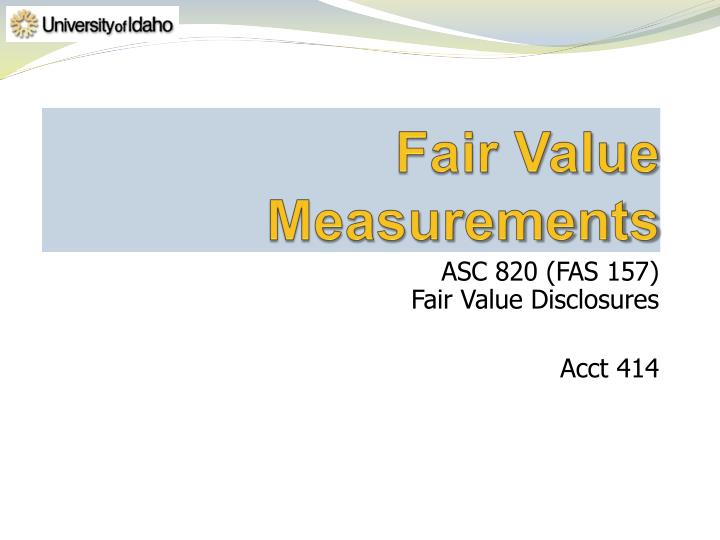
Now observe that the mass of the object – m – is present on both sides of the equal sign. Now in this unit, a second equation has been introduced for calculating the force of gravity with which an object is attracted to the earth. Dark energy is the mysterious wave accounting 2020 force that is accelerating the expansion of the universe today. Many physicists have wondered if there could be a connection between the two expansionist forces.
At the same time, the arms themselves experience a tensile stress, which at any height, if multiplied by the area, is again the related mechanical force, which is the product of the g-force and the mass hanging below the point of mechanical support. For a given g-force the stresses are the same, regardless of whether this g-force is caused by mechanical resistance to gravity, or by a coordinate-acceleration (change in proforma invoice template velocity) caused by a mechanical force, or by a combination of these. Hence, for people all mechanical forces feels exactly the same whether they cause coordinate acceleration or not.
Quantum particles can feel the influence of gravitational fields they never touch

On my visit to NIST a month after the canceled reveal, we head down several flights of stairs and take a walk through a vacant hall before entering a room that has a sticky mat just inside. Even so, Schlamminger switches to a dedicated pair of shoes he stashes in the lab and gives me covers to slip over the soles of my shoes. Then we pass through another, airtight door to see the gravity experiment on loan to NIST. Things must be tidy when you’re trying to do something as difficult as measuring G. And in a way, our understanding of G has only worsened in recent decades as new, incompatible measurements have come in. Like so many science presentations in the time of COVID-19, Schlamminger’s reveal was set to be virtual.
As Katie Mack — an astrophysicist and the author of “The End of Everything (Astrophysically Speaking)” — says via email, gravity is “the mechanism by which things that have mass are attracted to each other”. Newton was the first to make it clear that objects exert gravitational influences. Before we tackle the Big G, we should step back and explain the universal gravitation equation of Newton’s law. This equation continues to have huge ramifications on how we view the gravitational field that keeps us secured to Earth’s surface. Measurement of g-force is typically achieved using an accelerometer (see discussion below in section #Measurement using an accelerometer). In certain cases, g-forces may be measured using suitably calibrated scales.
Measurement of Newton’s gravitational constant with the BIPM torsion balance. In the experimental mode that most closely mimics Cavendish’s experiment, tracking the rotation of the disk as it twists on the suspending ribbon offers a measure of the force between the source and test masses, revealing G. In another mode, Schlamminger determines G by finding the force it takes to prevent the disk from rotating. Schlamminger is between runs at the moment, but four copper source masses, each about the diameter of a 2-liter soda bottle, are at the ready for the next G measurement. The source masses ride on a carousel outside the vacuum chamber, while the test masses sit on the disk suspended inside the chamber.
These variations result from the varying density of the geologic structures below each specific surface location. They also result from the fact that the earth is not truly spherical; the earth’s surface is further from its center at the equator than it is at the poles. As one proceeds further from earth’s surface – say into a location of orbit about the earth – the value of g changes still. Newton realized the strength of this gravitational attraction between a given set bond discount or premium amortization of objects depends on (a) how massive they are and (b) how far apart they are. The inverse square law is a key principle here, whereby the gravitational force exerted is inversely proportional to the separation between objects. It’s a dynamic his Law of Universal Gravitation puts into mathematical terms.
Science X
This mechanical force provides the 1.0 g upward proper acceleration on the pilot, even though this velocity in the upward direction does not change (this is similar to the situation of a person standing on the ground, where the ground provides this force and this g-force). If the direction upward is taken as positive (the normal cartesian convention) then positive g-force (an acceleration vector that points upward) produces a force/weight on any mass, that acts downward (an example is positive-g acceleration of a rocket launch, producing downward weight). Many modern tests of G are based on Henry Cavendish’s original torsion balance design (shown), developed more than two centuries ago. Cavendish hung two small lead spheres at either end of a long rod that was also hanging from a wire. How the hanging rod twisted on its wire revealed the force of attraction between the smaller and larger lead spheres.
Positive, or “upward” g-force, drives blood downward to the feet of a seated or standing person (more naturally, the feet and body may be seen as being driven by the upward force of the floor and seat, upward around the blood). It’s one of the oldest recorded constants — only the speed of light was measured earlier. Yet despite hundreds of elegant experiments since British physicist Henry Cavendish first measured it 225 years ago, G remains among the least precisely known of the fundamental constants. Part of the reason for this is that the gravity of things around the experimental apparatus will interfere with the experiment. However, there’s also the niggling suspicion that the problem isn’t simply experimental, but that there could be some new physics at work.
- The standard gravitational parameter GM appears as above in Newton’s law of universal gravitation, as well as in formulas for the deflection of light caused by gravitational lensing, in Kepler’s laws of planetary motion, and in the formula for escape velocity.
- This mechanical force provides the 1.0 g upward proper acceleration on the pilot, even though this velocity in the upward direction does not change (this is similar to the situation of a person standing on the ground, where the ground provides this force and this g-force).
- In the first place, the mass M of any celestial object cannot be determined independently of the gravitational attraction that it exerts.
- Stress inside the object is ensured from the fact that the ground contact forces are transmitted only from the point of contact with the ground.
Falling Apple
For objects likewise, the question of whether they can withstand the mechanical g-force without damage is the same for any type of g-force. For example, upward acceleration (e.g., increase of speed when going up or decrease of speed when going down) on Earth feels the same as being stationary on a celestial body with a higher surface gravity. Gravitation acting alone does not produce any g-force; g-force is only produced from mechanical pushes and pulls. For a free body (one that is free to move in space) such g-forces only arise as the “inertial” path that is the natural effect of gravitation, or the natural effect of the inertia of mass, is modified.
To understand why the value of g is so location dependent, we will use the two equations above to derive an equation for the value of g. First, both expressions for the force of gravity are set equal to each other. Capable of getting more than a million times more massive than our sun, black holes affect gravity in ways Newton’s law just can’t explain. General Relativity has been shown to make more accurate predictions about them.
